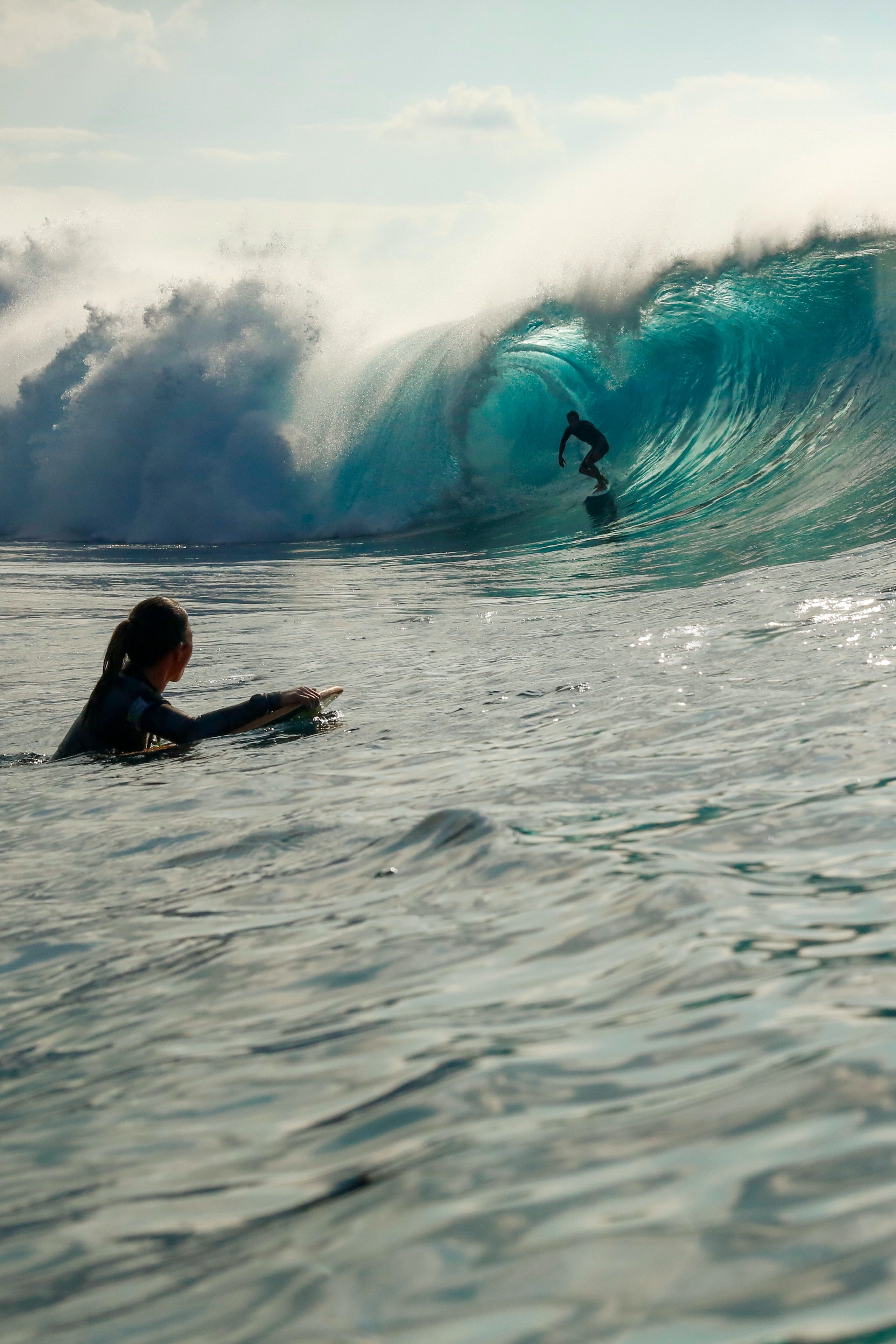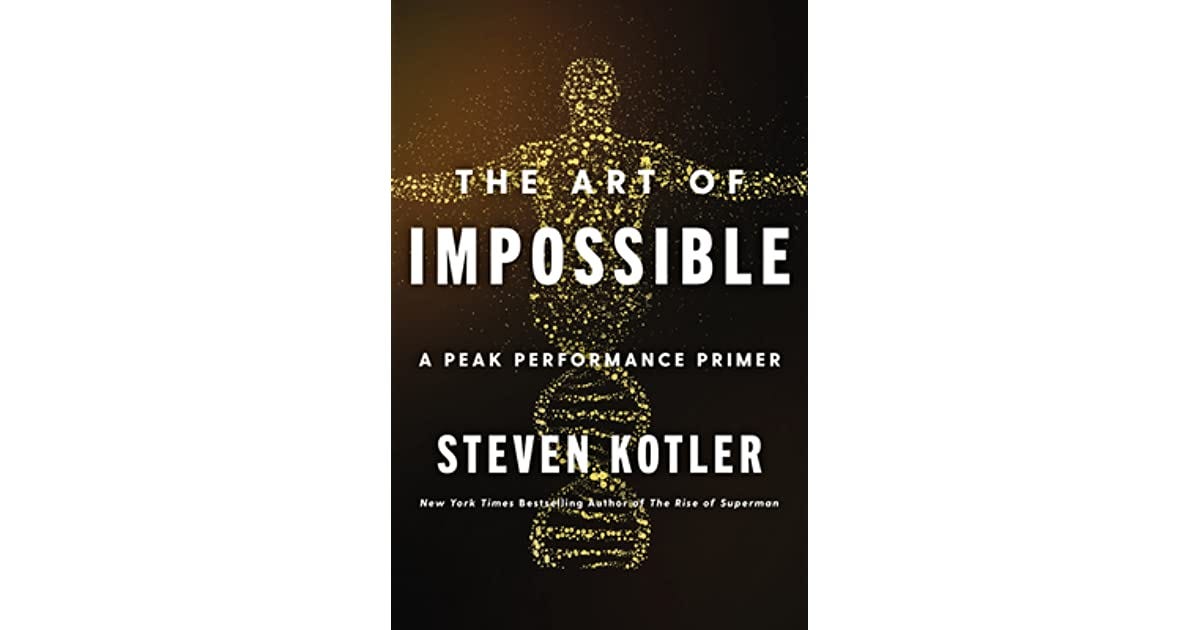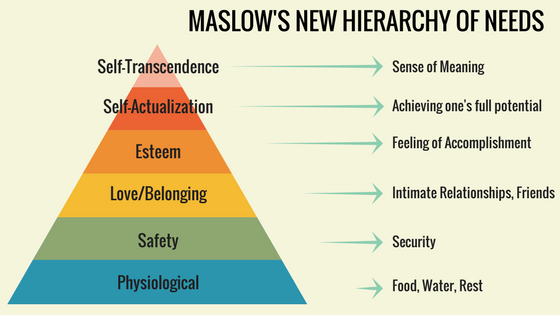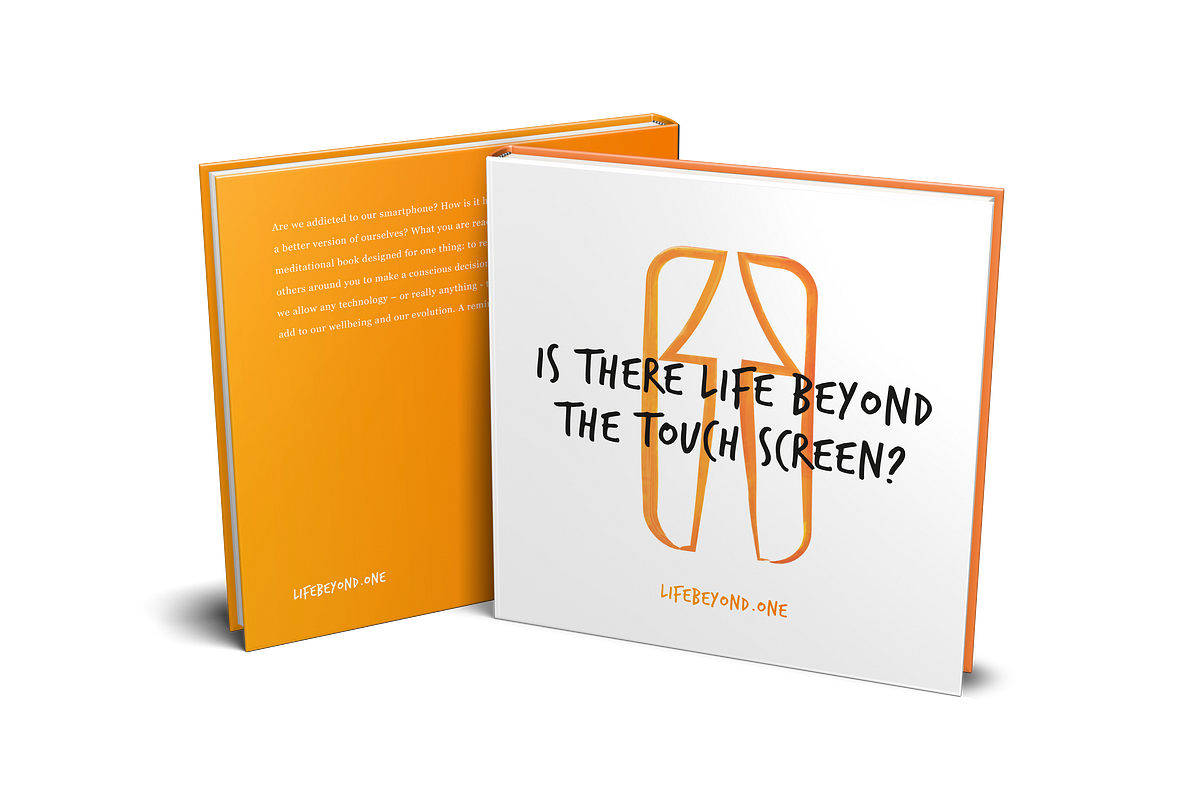From Focus to Purpose: How to Harness the Flow State
Steven Kotler on Flow State, Motivation and Peak Performance

Please allow me to interrupt your flow of working or doing research online, or your flow of procrastinating — to talk to you about Flow for a second. By the way, how’s your focus doing?
I promise you, it’ll be worth your while. Here’s what I’m talking about:
In doing research for my upcoming book on “How to find your Purpose and Live it”, I stumbled upon some fantastic insights on Flow State, peak-performance and motivation. I was taking notes almost frantically, listening to Steven Kotler speaking to Aubrey Marcus on the Aubrey Marcus podcast, here:
As I think this is so valuable (and a lot of this connects to and is going to be in my book), I thought: Let me summarize it for you, so you can learn the gist in much much shorter time than the full hour and a half.
11 minutes of reading time to get what’s in 1,5 hours of talking. Sounds like a good deal, no?
What is this about?
You know that feeling of being in the zone? Like when you’re completely immersed in what you’re working on, or when you’re running or otherwise working out and you completely forget about time, forgetting about yourself — but feeling good and getting awesome results at the same time?
Well my friend, then you have been acquainted with the Flow state.
The Flow state — which has been researched for quite some time by positive psychologists and author and researcher Steven Kotler, who we’ll be citing a lot in this article — has apparently been proven to get you 500% more productive, and 400–700% times more creative than you can usually be. That’s pretty astounding and we will get into some of the research behind that in a minute.
What is the Flow State and what can Steven Kotler and other researchers teach us about it? What does it get you, and how do you get as much of Flow in a day as possible? Read on to get the answers.
“Get your biology to work for you rather than against you.”
Throughout the interview that triggered this piece, Aubrey and Steven are citing from and referring to the book by Steven called “The Art of Impossible: A Peak Performance Primer”.
In that book, Steven decodes the secrets of those elite performers — athletes, artists, scientists, CEOs and more — who have changed our definition of the possible, teaching us how we too can stretch far beyond our capabilities, making impossible dreams attainable for all of us.
We are capable of so much more than we know — this is one of my personal core beliefs and it’s also the message at the core of The Art of Impossible.
Building upon cutting-edge neuroscience and over twenty years of research, bestselling author, peak performance expert and Executive Director of the Flow Research Collective, Kotler lays out a blueprint for extreme performance improvement in that book, available here.

Flow as a high state of performance and of happiness
Now, there are three levels of happiness that positive psychologists discern:
- Hedonistic happiness: how good or how happy do you feel in the moment? Like eating Doritos, or watching funny videos on TikTok.
- Flow: How happy you’re feeling by doing something that triggers your Flow state; the maximum performance, and maximum pleasure a human organism can experience. The people that experience the most flow, are the happiest people on earth, research shows.
- Purpose-aligned Flow: doing something that triggers your Flow state and that contributes to something that has a higher purpose or goal; something greater than yourself that you believe in.
What is Flow exactly?
“Technically, flow is defined as a peak state of consciousness where we feel our best and perform our best. […] In the state, as psychologist Mihaly Csikszentmihalyi (who coined the term “flow”, and whose work I remember from my studies in psychology) told Wired, “every action, movement and thought follows inevitably from the previous one, like playing jazz.” “ — from Steven at Forbes.
In Flow, our sense of self starts to fade, consciousness itself blends with action, and we are living truly in the moment.
What does reaching the Flow state do for us?
According to Steven, Flow increases strength and stamina, dampens pain — increases empathy and ecological awareness, increases energy, motivation, focus, happiness and our sense of meaning, accelerates learning & skills, and boosts creativity.
“Flow has evolved in humans to help us reach peak performance, in order to maximize chances of survival under challenging circumstances.”
So what kinds of results can reaching the Flow state help us achieve, and what science is there to prove it? Here’s Steven at Forbes again:
Increase productivity 500%
“In a 10-year McKinsey study, top executives reported being five times more productive in flow. This means, if you spend Monday in flow, you can actually take the rest of the week off and still get more done than your steady-state peers.”
In the interview with Aubrey, Steven concedes: “Now, mind you, these are self-reported levels of productivity. But still, this is pretty staggering, and the study was conducted by a respectable research group over the course of 10 years and across multiple countries.”
230% improvement in skills, cut learning time in half
The learning research is more of the same. “In studies run everywhere from brick-and-mortar schools to electronic learning environments (e-learning, video games, etc.), scientists have found direct and significant correlations between flow states and higher learning attitudes and outcomes.
When DARPA researchers induced flow artificially (using transcranial stimulation) they found the target acquisition skills of military snipers improved 230%. In a similar, but non-military study, researchers at Advanced Brain Monitoring in Carlsbad, CA found that an artificially induced flow state cut the time it took to train novice snipers up to the expert level by 50%. Talk about your sharpshooting.
And the links between flow and enhanced creativity are even more tantalizing.
Exponentially increase creativity
“When Australian researchers tested flow’s impact on creative problem solving abilities with a very tricky brain teaser, none of their subjects could solve the problem normally. But when flow was induced artificially some 40 percent solved the puzzle.”
How does Flow work? What Flow triggers do is they bring all of the focus to the present moment. Neurotransmitters and hormones such as dopamine and (nor)epinephrine are released at increased rates, giving you extra pleasure and extra energy.
Now, how do you actually trigger that Flow state in yourself? It all has to do with the five levels of motivation and smart goal setting.
Levels of motivation
The book Art of the Impossible is a system for motivation. In the interview, Aubrey and Steven go into extrinsic and intrinsic motivations:
- Extrinsic motivations: We need to be able to feel safe and secure, and have basic needs met (see Maslow's pyramid of human needs), and then we need to have a little surplus; a “little extra cash left”.

This is what we need to be able to find flow, through intrinsic motivation. The much coveted intrinsic motivation, Steven says, is built up out of five layers that build on each other (and get you focus as a byproduct, for free):
- Curiosity. The first thing you need for intrinsic motivation. When you’ve found a couple of things that trigger your curiosity, go to the next step. Figure out: Where do your curiosities mix? Curiosity works because it gives you a little bit of focus and excitement chemicals dopamine and epinephrine.
- Passion. The second thing you need, and what you find when you connect the dots of where several of your curiosities mix, is passion. The next step after this is finding something where you can connect your passion to a goal that’s greater than yourself. Passion gives you a little bit more dopamine and epinephrine than curiosity; compare seeing someone and being interested in them, versus seeing someone, getting to know them and falling head-over-heels in love.
- Purpose. Find a cause greater than yourself. When you move into the area of purpose, you’re triggering not only focus and excitement in the brain (dopamine and epinephrine) but also the feel-good prosocial chemicals oxytocin, endorphins, adenine — among others. Because now you need to get more collaborative, cooperative, caring and empathetic to work together and actually do what benefits other people as well.
- Autonomy. Next, what you need is the freedom to pursue your purpose. When you find this freedom, it raises the level of positive chemicals in your brain a little bit again.
- Mastery. The final thing you need is to develop the skills that you need to pursue your purpose and do it at the highest, most impactful level. Mastery (the feeling you get when you’re getting really good at something) has its own extra, added layer of feel-good chemicals it releases in the brain.
Motivation and goal setting
You want to start with motivation. The intrinsic stack of five layers, described above. Then you want to channel that motivation through three layers of goal setting:
-
Clear Goals
These are process-oriented goals that answer the immediate question: ‘What am I gonna focus on and do today?’ In my own Purpose Alignment framework I call these “habit goals”, and Steven also uses that phrase. He says: ‘Not outcome goals, process goals. So, not: “I’m gonna win this award for my book” but: “I’m gonna sit down and write 500 words.”’ Clear Goals or Habit Goals are Flow triggers: they tell you exactly where to put your attention, and for how long — which decreases cognitive load. -
High, Hard Goals
These are larger projects or life goals; 1–5 year projects. For me, this could be: writing and/or publishing my new book. Steven: ‘“I wanna write a book.” Rather than: “I wanna write a new york times best-seller.” What a book does in the world is not fully in your power. What you do is.’
The right type of High, Hard Goal can increase motivation and outcomes 11 to 25%. -
Mission-level Goal for life (Purpose)
This is your goal for what you want to achieve or contribute to, that you believe that you can meaningfully contribute to, that you believe in as a goal and that has meaning for more than just yourself. If you’re an entrepreneur or a company this is a ‘mission statement’ — but why not create a purpose statement for yourself as an individual just as well and keep refining that as you go along?
How to win the day by harnessing Flow
Ok, so now we have our understanding of Flow, and we understand the five levels of intrinsic motivation and the three layers of goal-setting. How do we go about our day in such a way that we maximize the potential for Flow and for reaching our goals?
“End your day by creating a clear-goals list for the next day. Make your hardest task first thing: the biggest win of the day.
Plan your day out in about 90 minutes brackets. That seems to be the natural cycle for the human brain to operate in, focusing on one thing at a time. Of course, you can combine multiple blocks of 90 for larger, more complex tasks or divide them up for smaller batches of work.
There are about six things to do in a day — some of these will be 5 minute processes that have a clear impact, some are gonna be your 90 minute brackets.”
Stretch, not snap — how to get the most out of yourself without breaking
“You wanna stretch but not snap — flow shows up when we’re being challenged right outside of the border of our skillset.” This reminds me of the concept of scaffolding or ‘zone of proximal development’ in educational psych.
“Find out how many things you can be excellent at in one day. Is it five? Is it seven? Figure out how many things you can be excellent at in oneday, and that’s how many go on the to-do list for a day. And they all need to be aligned with your high hard goals and your purpose.”
Accountability and training Self-efficacy
On accountability and training self-efficacy, the super-exponential grit-skill, Steven says:
“Always keep your word to yourself. This is the First law of peak performance. What I put onto my to-do list becomes a contract with myself.”
Grit and pushing yourself harder, is pushing yourself to your limits and training yourself to do so consistently. Remember, the zone of proximal development? Pushing yourself to your limits consistently maximizes the chances of reaching that zone, and thus of reaching the Flow state.
Next to that and simultaneously, tapping into that reservoir of grit, of being able to push yourself, reinforces your self-efficacy beliefs. Self-efficacy beliefs — or, the belief that you will do and can achieve what you set your mind to — have been proven to have an immense impact on life outcomes, goal achievement, happiness and self-esteem. Here’s Steven again:
“It’s not the yoga, or the work-out: it’s not the thing; it’s the doing or not doing of the thing. The muscle you’re training. The muscle of living in line with the highest purpose: of living up to your fullest potential.”
Remember, though: stretch, not snap.

Balance and active recovery
Also remember: the Flow state — even though it feels amazing and gives you a lot of energy — burns fuel. Therefore, connect an active recovery to your Flow-state activities. If you have an active recovery activity routine connected to your energy expenditure, you dramatically decrease the possibilities of burnout.
- Passive recovery: things like slouching on your couch, drinking alcohol, watching reality shows or other sh*t television. Cat videos on TikTok.
- Active recovery: restorative yoga, sauna, long walks in nature, breathwork, cold therapy, or massages. Things that relax but cost a little bit of effort.
Include a daily active recovery routine in your day-to-day planning, and after a few weeks, according to your needs and circumstances (whatever that is for you personally) be sure to take a few days off. Everything in nature is cyclical. So are you, and so is your performance.
And there you have it, my friends: the Flow state, what it is, what it’ll get you and how you can reach and maximize it, all in under 12 minutes reading time. I hope you enjoyed the show, and I hope you’ll find ways to benefit from reading this as well.
Got a couple minutes to spare? Let me leave you with this video with Taoist philosophy (from Lao Tzu) for an interesting, additional view on Flow:

My book “Life Beyond the Touch Screen” is available here as an e-book or paperback. It’s a meditational booklet designed to increase our consciousness around the impact of digital technology on our lives as individuals, in organizations and society. A reminder to choose. Take back your energy, focus, and time: get your copy now.
For a limited offer use code MentalHealthFocus2020 on my website www.lifebeyond.one for a 15% discount on all items.
Read more of my stories on purpose, productivity and the impact of digital technology and communication on our mental health here on the site, on Medium, and elsewhere:
Maximizing the Value of Our Time, Attention, Energy and Techmedium.com
How to find freedom, calm, and connection to Purpose in 2021limawrites.medium.com
We don’t have all the answers, but maybe we can start asking the right questionsmedium.com
The relevance, responsibility and urgency are greater than you may suspectmedium.com
Statistics about smartphone usage pre-2020 and post-covid-19medium.com
6/8 — Purpose-driven use of Marketing Technologymedium.com
First, let's get a broader and deeper understanding of the problem at hand. It's a little bit tricky to answer this…globalowls.com
